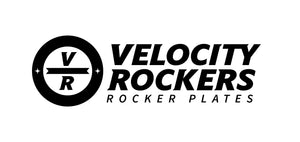PREPARE FOR YOUR BICYCLE RACE WITH THE DELTA RS ROCKER PLATE
For any amateur bicycle racer looking forward to a local criterium race, the velodrome or a Gran Fondo event, finding the time to train and prepare on the road can be difficult. That's why training...



